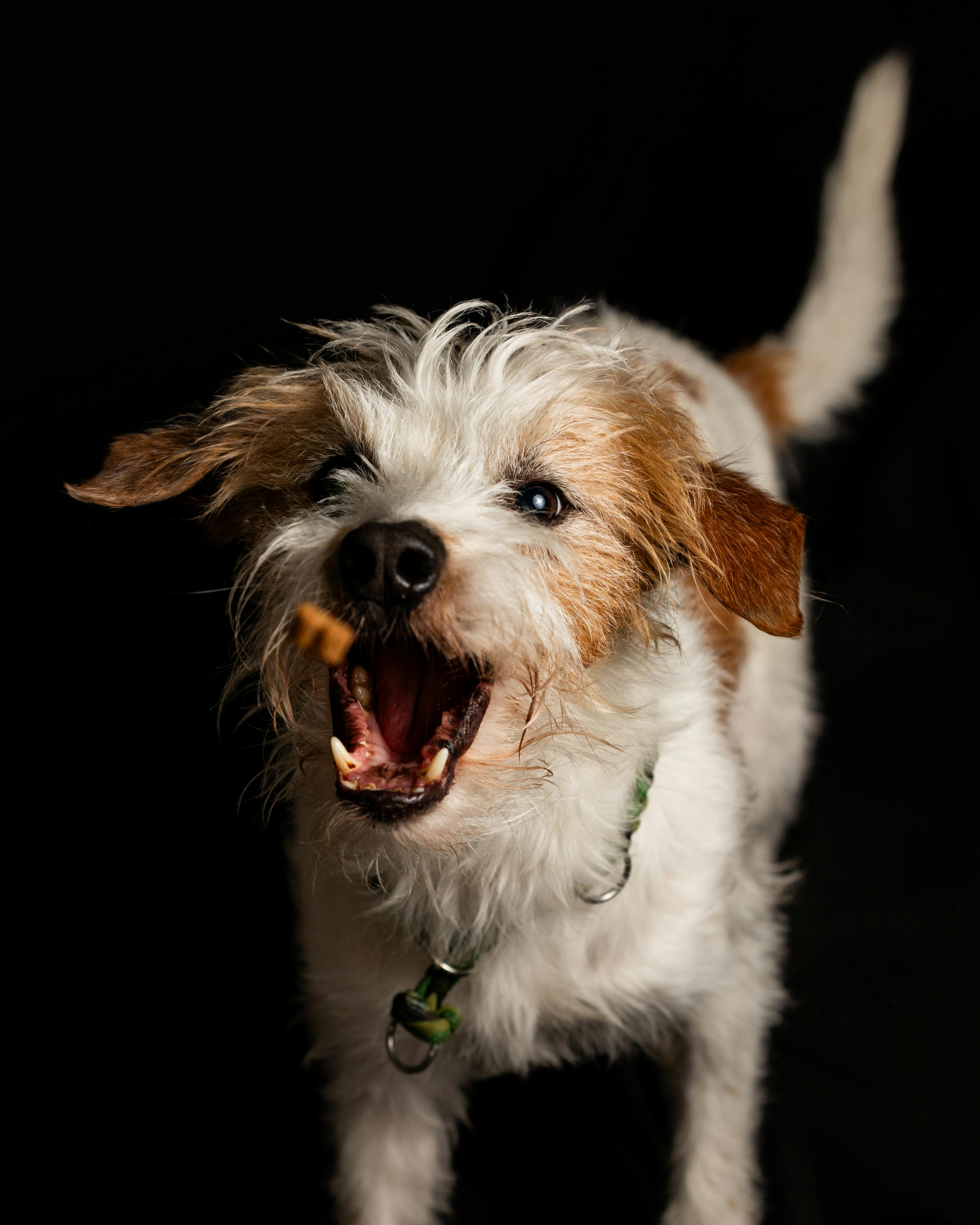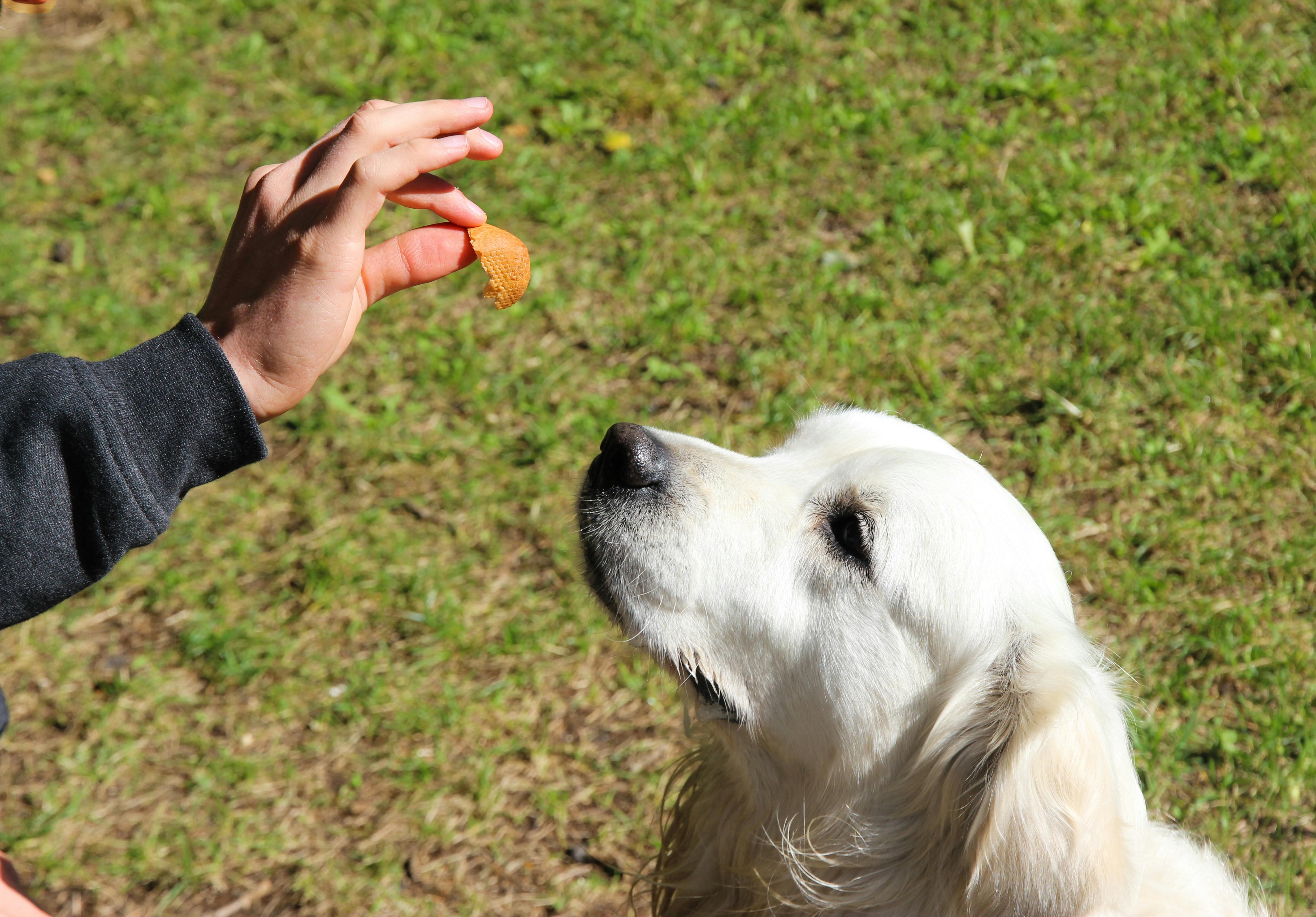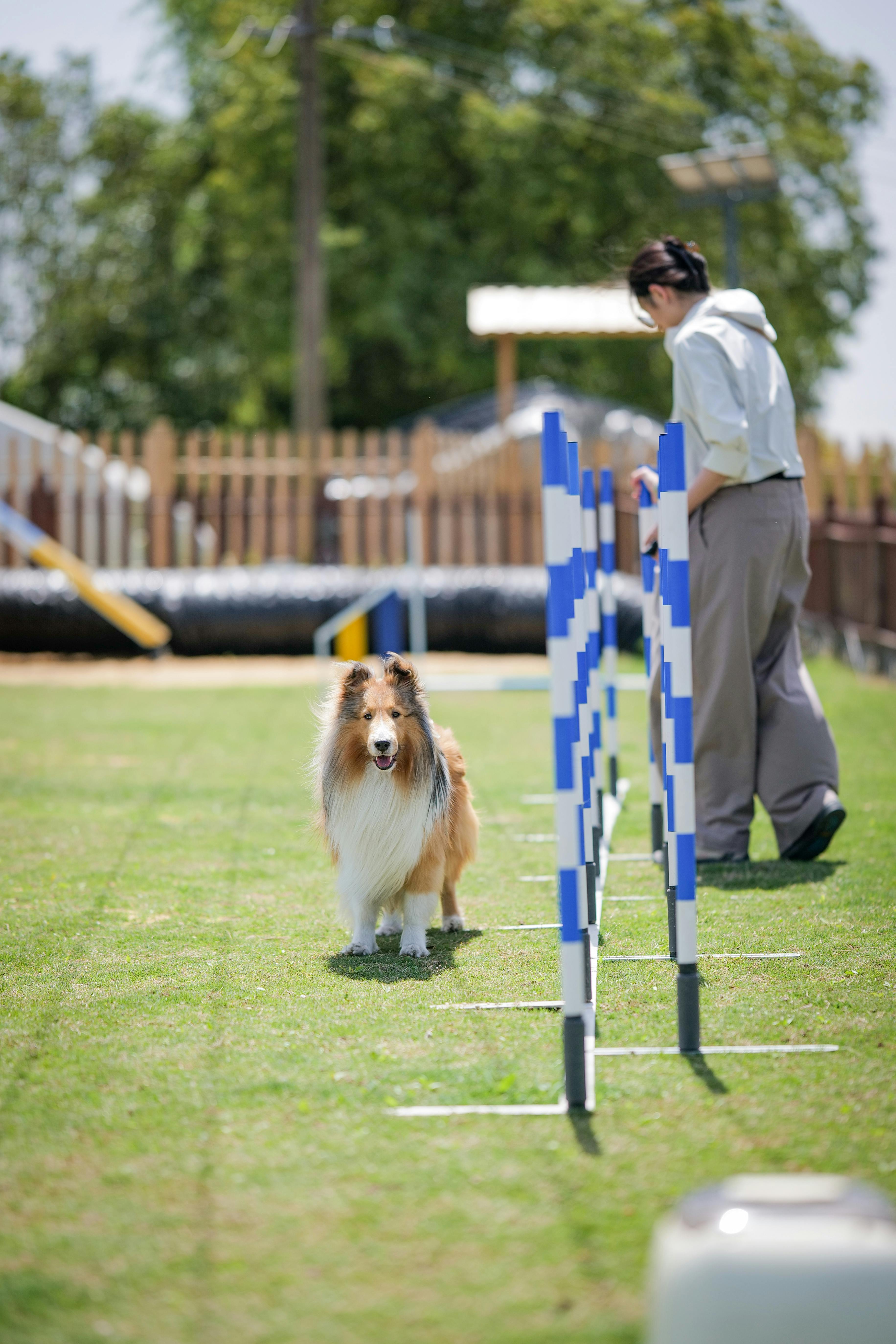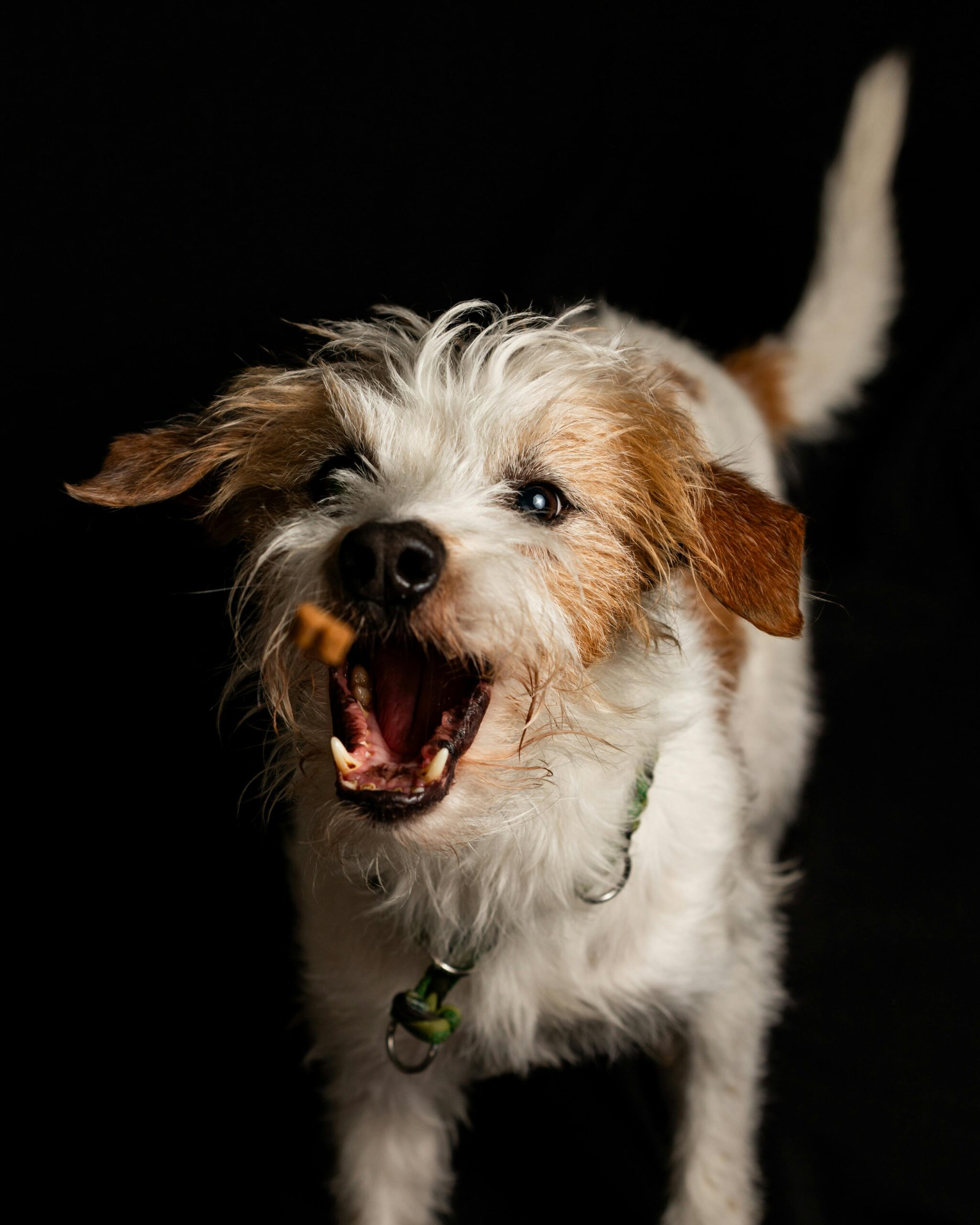The 4 Quadrants of Dog Training: A Complete Guide
Understanding the core principles of dog training is essential for both novice and experienced pet owners. One of the most important frameworks for shaping behavior is the “4 quadrants of dog training.” This guide will explore these quadrants, their applications, and how you can use them effectively to modify your dog’s behavior.

Understanding the Fundamentals
The 4 quadrants of dog training are grounded in the science of operant conditioning, a concept developed by B.F. Skinner in the 1930s. These quadrants represent different methods for altering a dog’s behavior by either adding or removing stimuli. Understanding these quadrants is crucial because they provide a clear framework for effective training, helping you decide when and how to apply each method.
Whether you’re teaching your dog basic commands or addressing more complex behavioral issues, these principles are applicable in various situations. By using positive or negative reinforcement and punishment, you can shape desirable behaviors and eliminate undesirable ones. However, it’s important to approach dog training with care, ensuring that your methods are humane and promote a healthy relationship between you and your pet.
1.1 Positive Reinforcement
Positive reinforcement involves adding a pleasant stimulus to encourage a behavior. For example, giving your dog a treat when it sits on command reinforces the behavior of sitting. This method is widely recognized as the most effective and humane form of dog training.
Research shows that positive reinforcement not only increases the likelihood of a behavior being repeated but also strengthens the bond between the dog and its owner. It’s essential to use rewards that motivate your dog, whether they be treats, toys, or praise.
1.2 Negative Reinforcement
In contrast to positive reinforcement, negative reinforcement involves the removal of an unpleasant stimulus to encourage a behavior. For example, if a dog pulls on the leash, applying gentle pressure to the collar can serve as an unpleasant stimulus. Once the dog stops pulling, the pressure is removed, reinforcing the behavior of walking calmly on the leash.
While negative reinforcement can be effective, it’s important to ensure that the aversive stimulus is not too harsh or damaging. The goal is to decrease an unwanted behavior by removing discomfort, not by causing fear or stress.
Practical Implementation Guide
Now that we’ve established the fundamentals, it’s time to dive into how to apply these principles in your dog training routine. By following actionable steps, you can begin implementing these techniques to shape your dog’s behavior effectively.

2.1 Actionable Steps
- Step 1: Identify Desired Behaviors – Before you can use any training method, decide on the specific behaviors you want to encourage. Whether it’s sitting, staying, or walking without pulling, be clear about your goals.
- Step 2: Choose the Right Quadrant – Based on the behavior, select the appropriate quadrant to apply. Use positive reinforcement for desired behaviors and negative reinforcement for reducing unwanted behaviors.
- Step 3: Consistency is Key – Be consistent in your training approach. Reward the desired behavior immediately after it occurs, and make sure everyone in the household is on the same page with the training methods.
2.2 Overcoming Challenges
While dog training can be rewarding, it’s not without challenges. Here are a few common obstacles and how to overcome them:
- Inconsistent Responses: If your dog doesn’t always respond to training, check if your rewards are motivating enough or if you’re applying the quadrants consistently.
- Distractions: Train in a quiet, distraction-free environment before gradually introducing new distractions, such as other dogs or outdoor spaces.
- Overuse of Punishment: Avoid relying too heavily on punishment. This can lead to fear or anxiety in your dog. Focus on positive reinforcement to build trust.
Advanced Applications
Once your dog has mastered the basics, you can progress to advanced training techniques that incorporate more complex behaviors and scenarios. These advanced applications can take your training to the next level.

3.1 Advanced Technique 1: Behavior Shaping
Behavior shaping is a technique where you gradually reinforce successive approximations of a behavior until the desired action is achieved. This method works well for teaching complex behaviors that your dog may not naturally perform, such as fetching specific objects or performing tricks.
For instance, to train a dog to roll over, you first reinforce lying down, then slowly shape the behavior by rewarding the dog for rolling onto its side, and finally, reward it for completing the full roll. This process requires patience and consistency, but it’s highly effective for teaching intricate tasks.
3.2 Advanced Technique 2: Generalization
Once your dog has learned a behavior in a controlled environment, it’s important to generalize it to different settings. Generalization ensures that your dog performs the behavior in various situations, not just in training sessions.
For example, a dog may learn to sit on command at home, but it might not perform the behavior in a busy park. Gradually introduce new environments, making sure to reward your dog for responding correctly in each situation. This technique increases the reliability of the behavior in real-life scenarios.
Future Outlook
The field of dog training is constantly evolving. As new research emerges, trainers and pet owners alike are discovering more effective, humane methods for shaping dog behavior. One trend to watch is the increasing focus on positive reinforcement techniques and the shift away from punitive methods.
In the next few years, we can expect advancements in technology, such as apps and devices, that aid in training by tracking a dog’s progress and providing real-time feedback. Staying informed about these innovations will ensure you remain on the cutting edge of dog training practices.
Conclusion
In summary, understanding the 4 quadrants of dog training—positive reinforcement, negative reinforcement, positive punishment, and negative punishment—gives you a solid foundation for effectively training your dog. Each quadrant has its application, but positive reinforcement should always be your first choice to promote healthy, lasting behavior.
By implementing the actionable steps outlined in this guide and progressing to more advanced techniques, you’ll be well on your way to fostering a well-behaved and happy dog. Start with the basics, stay consistent, and gradually increase the complexity of the training.
Frequently Asked Questions
- Q: What is the most effective training method for my dog? Positive reinforcement is typically the most effective and humane method for training dogs, as it encourages desirable behaviors through rewards.
- Q: How do I get started with dog training? Start with basic commands like “sit” and “stay,” using positive reinforcement. Gradually increase the difficulty of tasks as your dog learns.
- Q: How long does dog training take? Training duration depends on your dog’s breed, age, and the complexity of the behaviors you’re teaching. Expect basic commands to take a few weeks to solidify.
- Q: How much does dog training cost? Professional dog training can range from $50 to $150 per session. Online courses or group classes may be more affordable options.
- Q: How does positive reinforcement compare to punishment-based methods? Positive reinforcement focuses on rewarding good behavior, while punishment-based methods attempt to stop unwanted behavior. Positive reinforcement tends to build a stronger, more positive relationship with your dog.
- Q: Is dog training difficult? Training can be challenging, especially if you’re new to it. However, with consistency and patience, most dogs can learn a wide variety of behaviors.
- Q: Can dog training techniques be applied to different breeds? Yes, the 4 quadrants of dog training are applicable to all breeds. However, some breeds may require different approaches based on their temperament and learning style.
